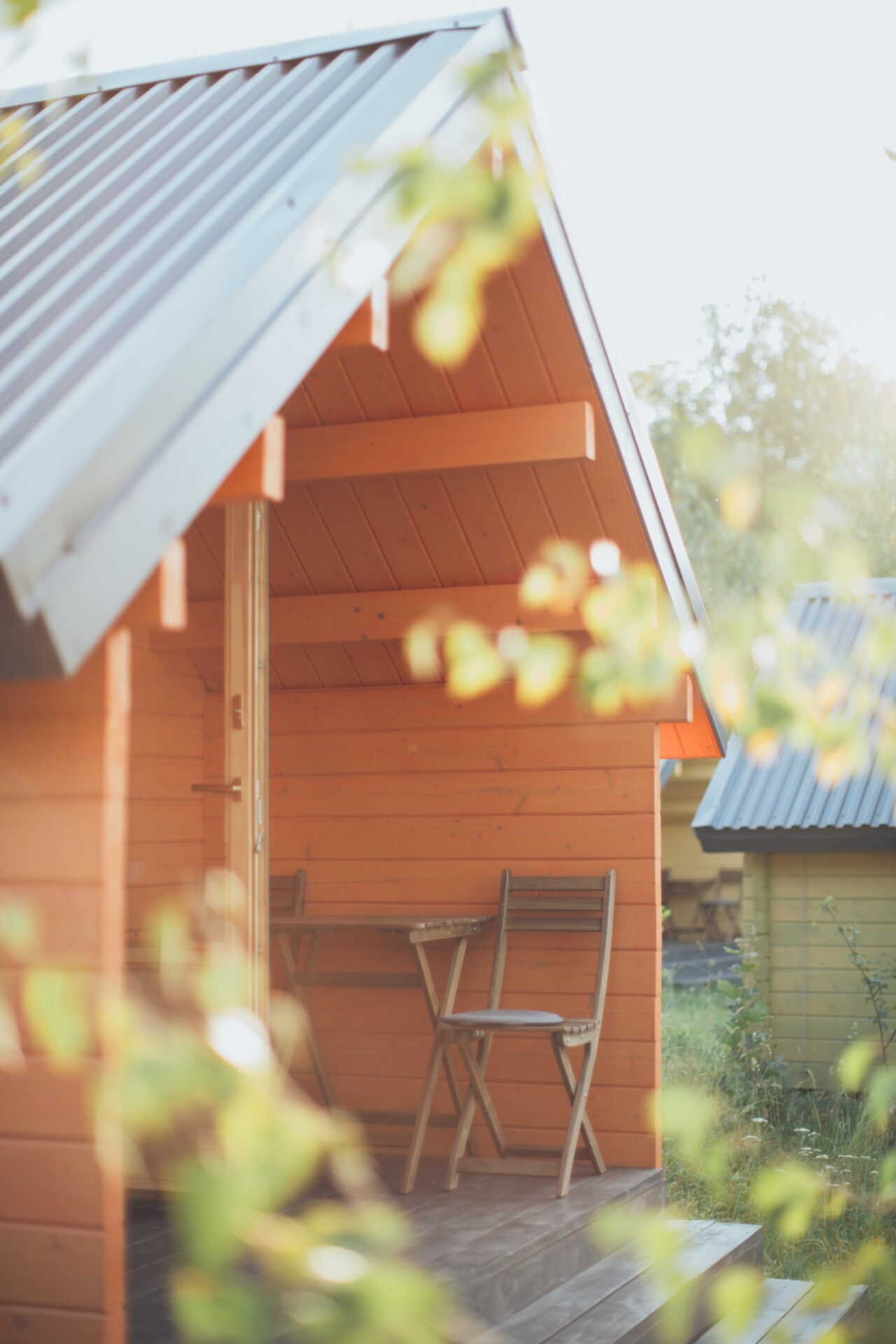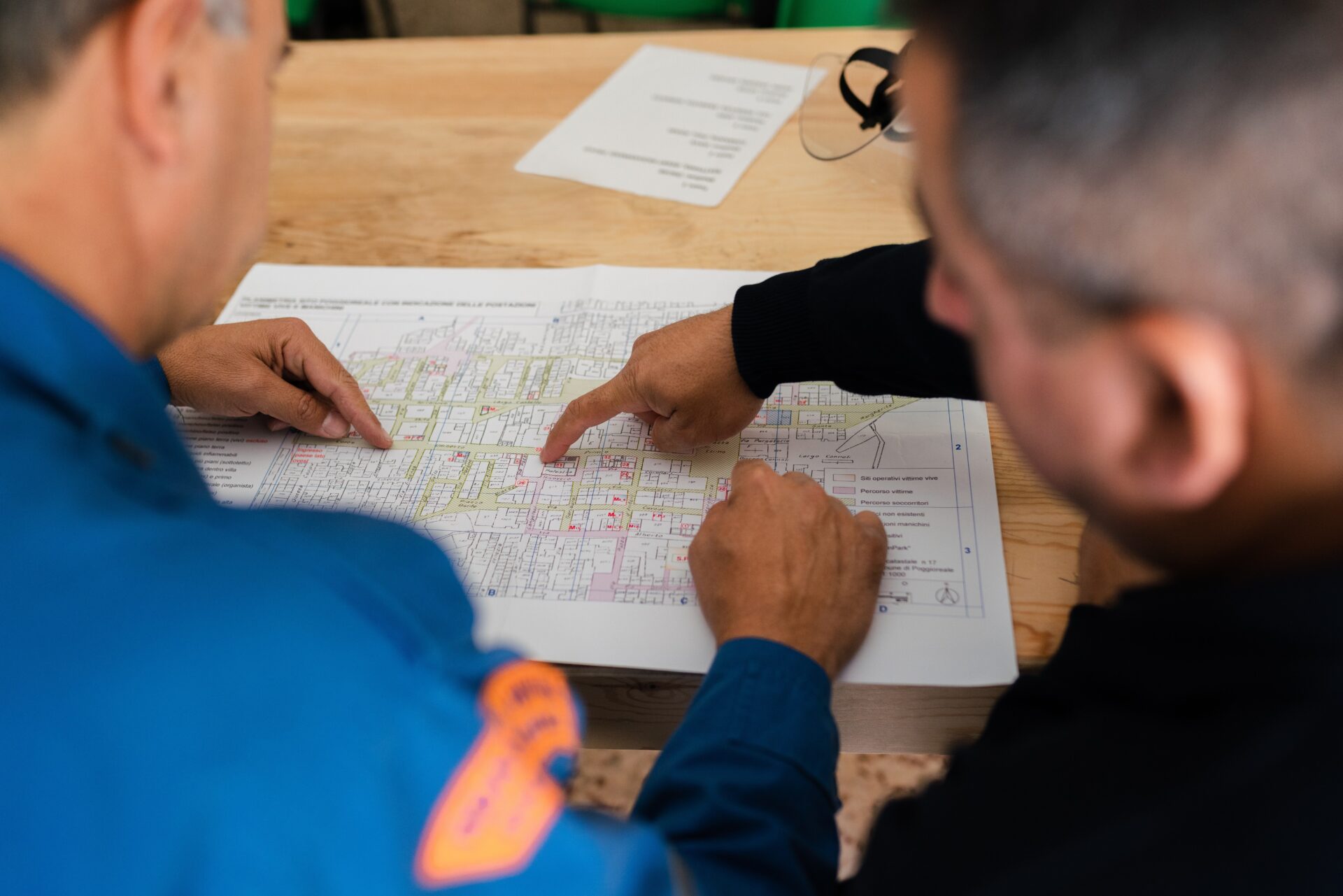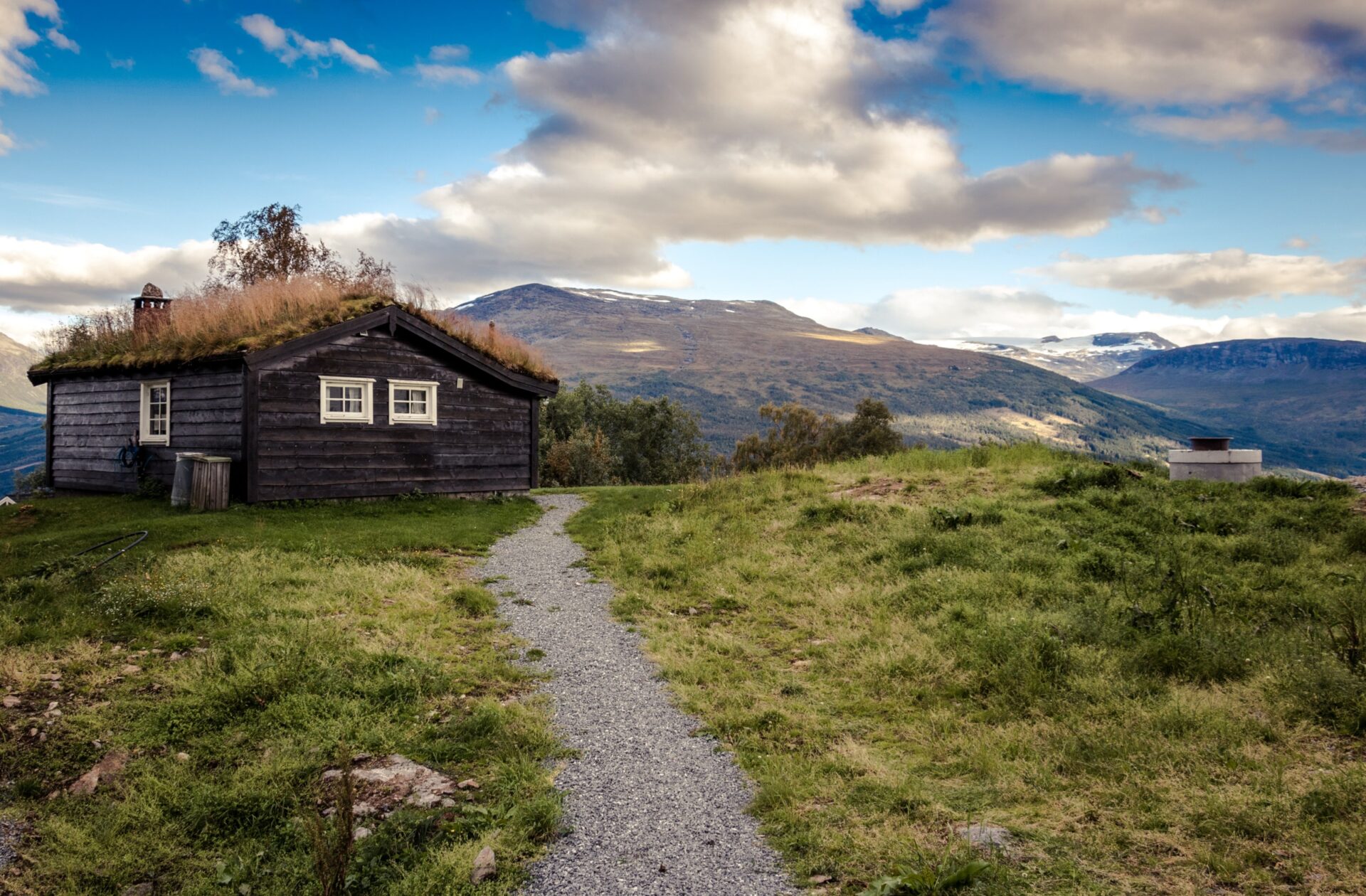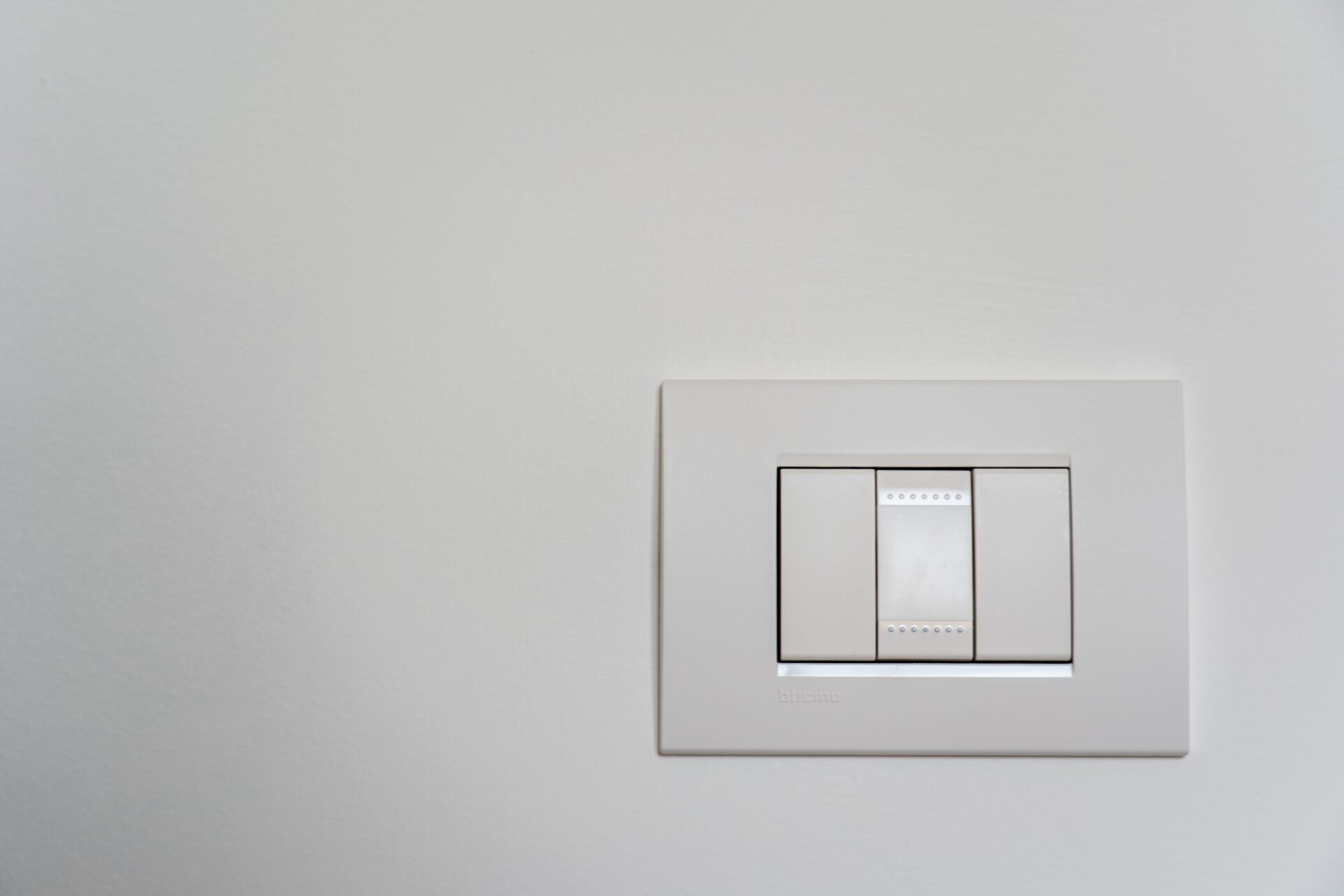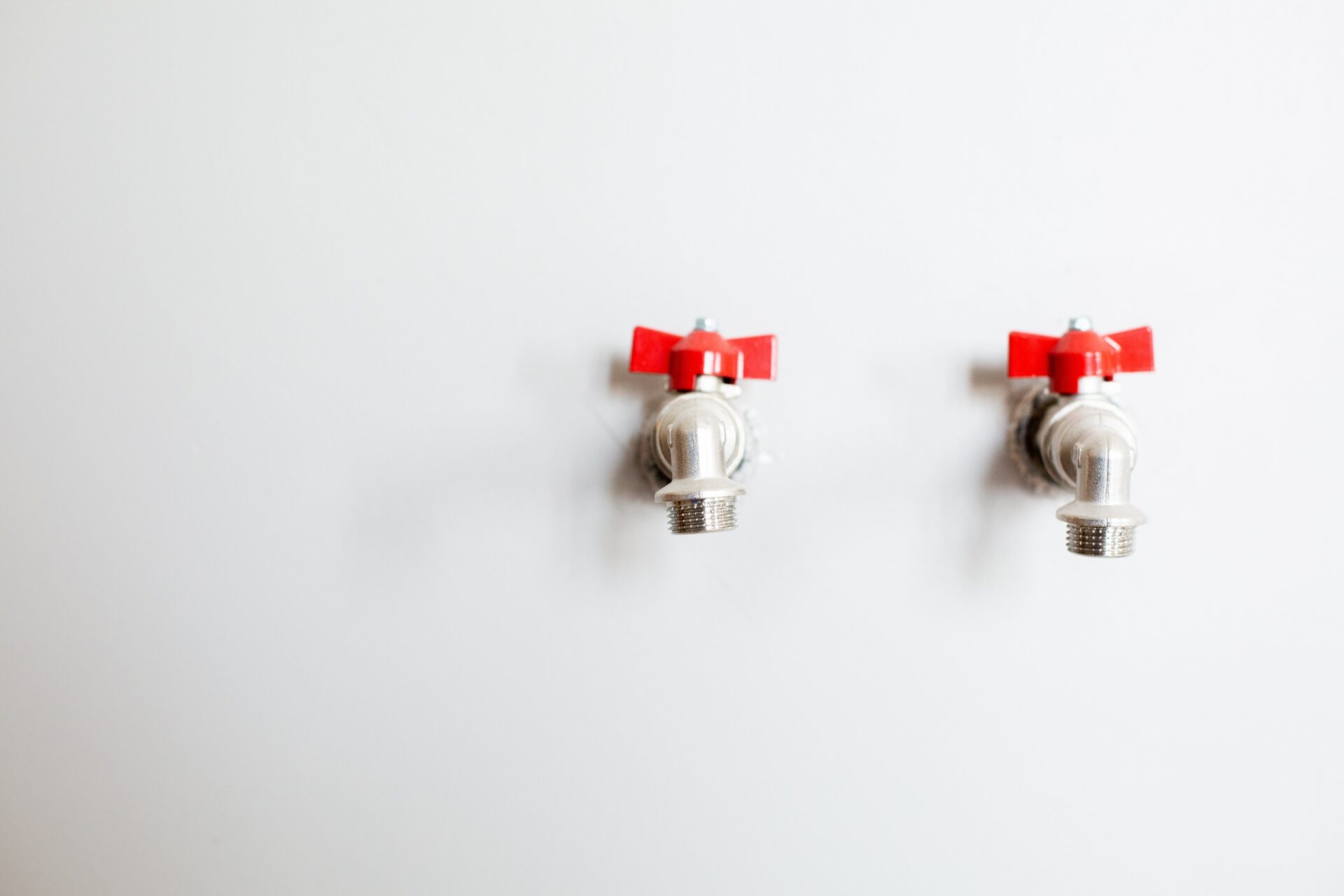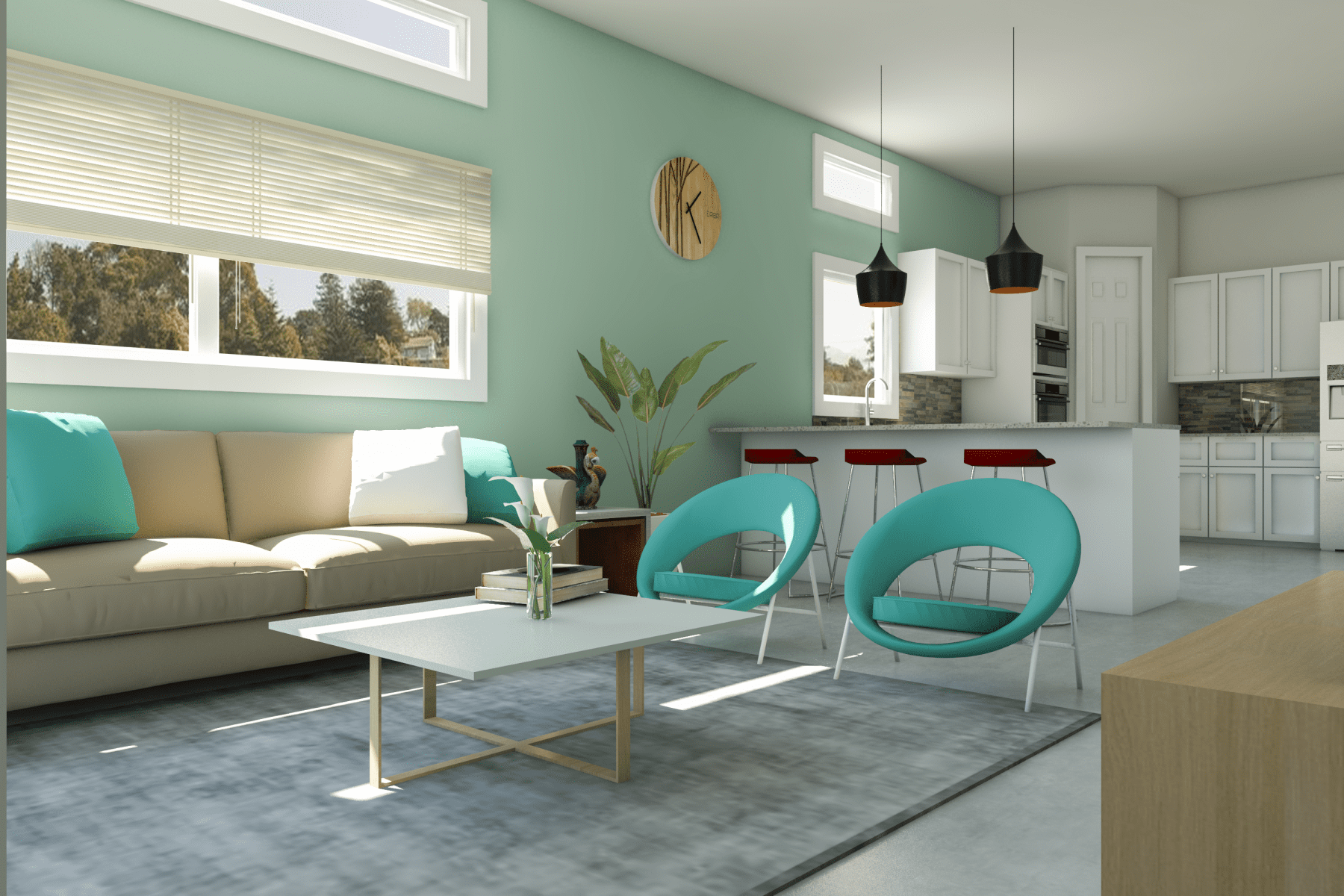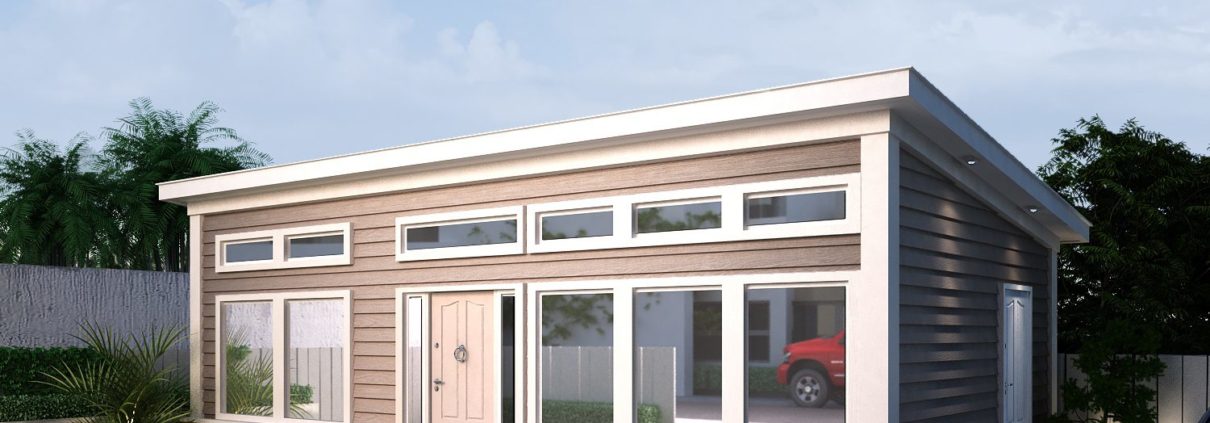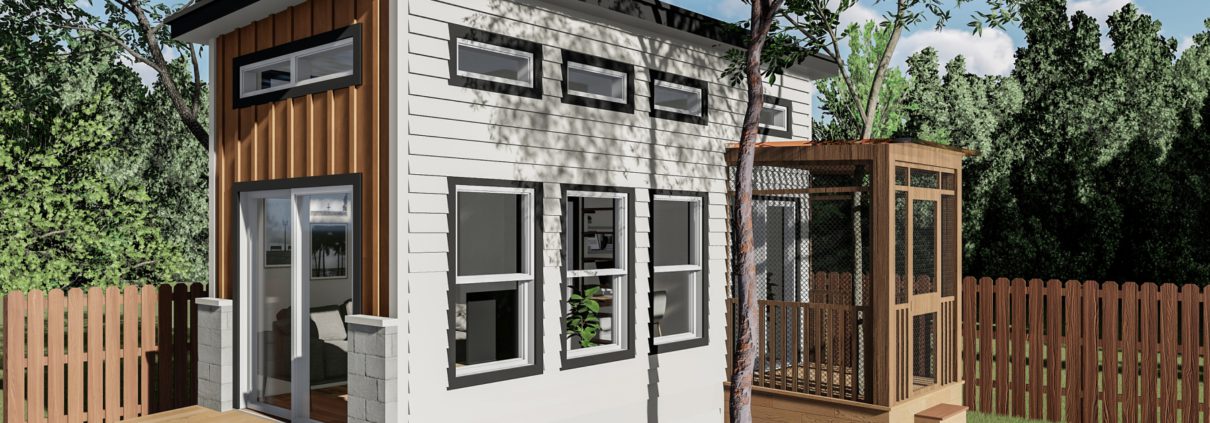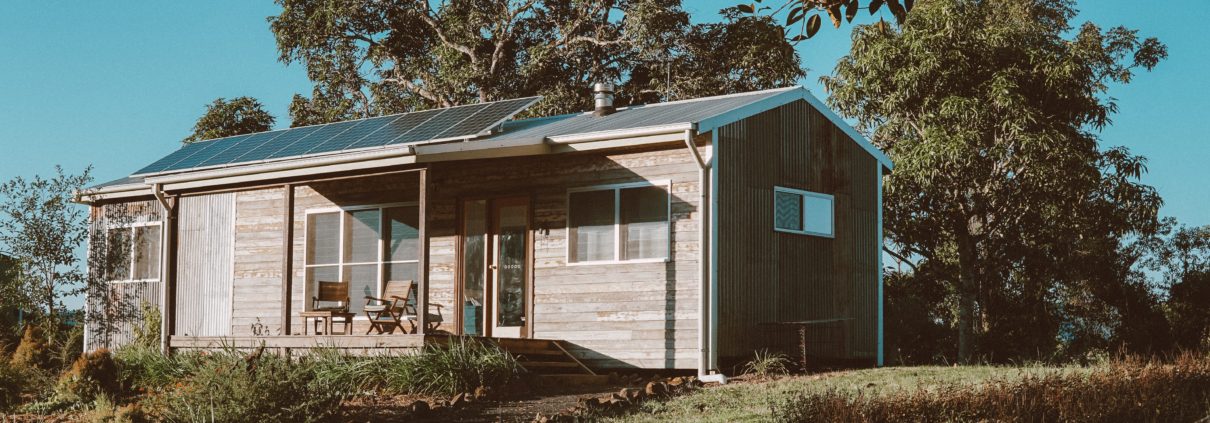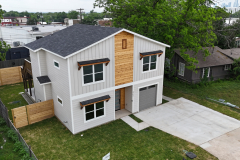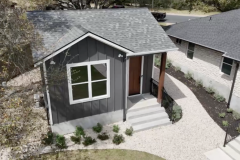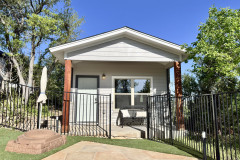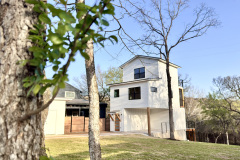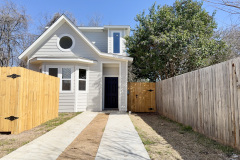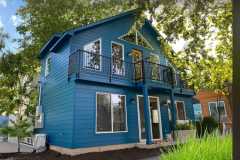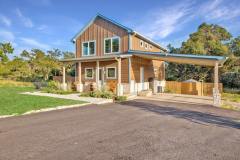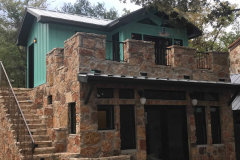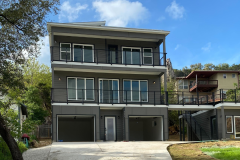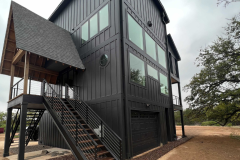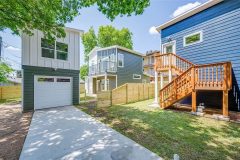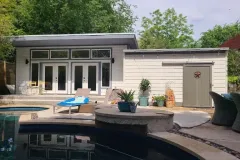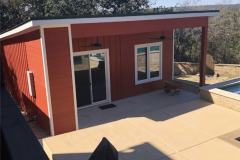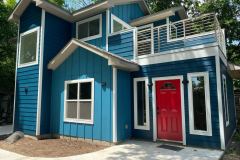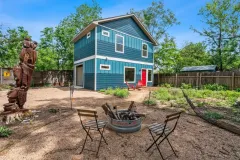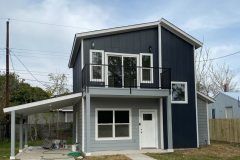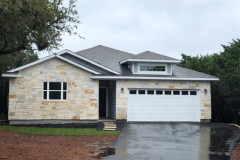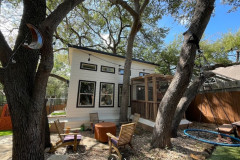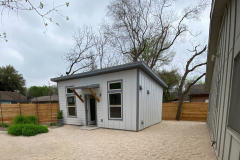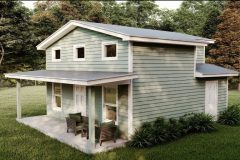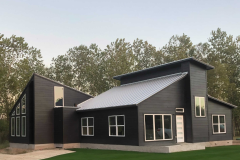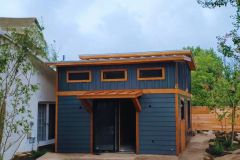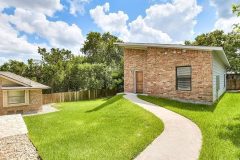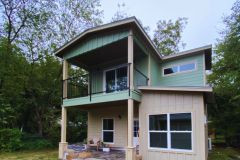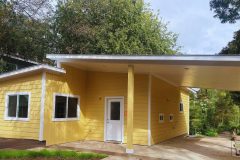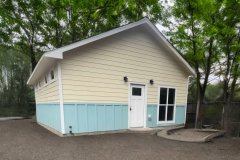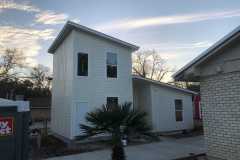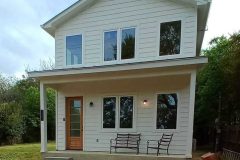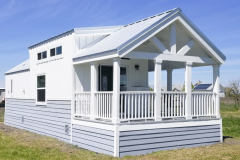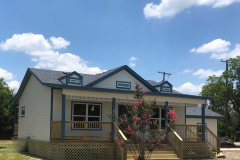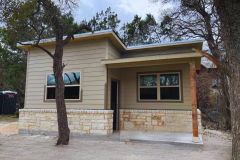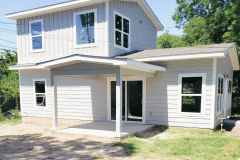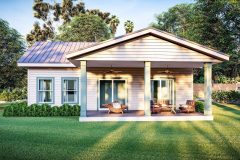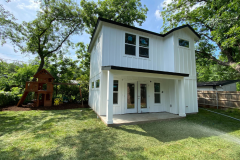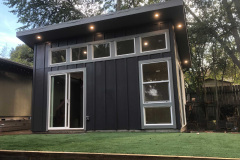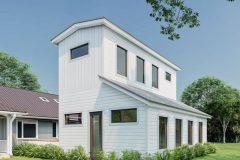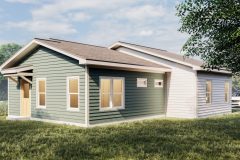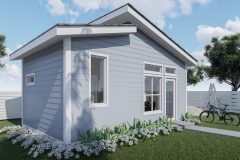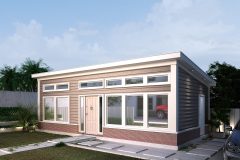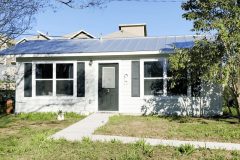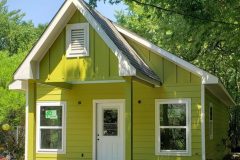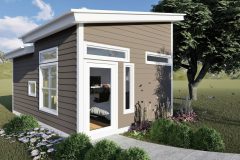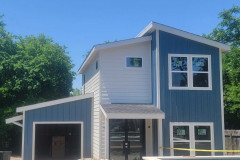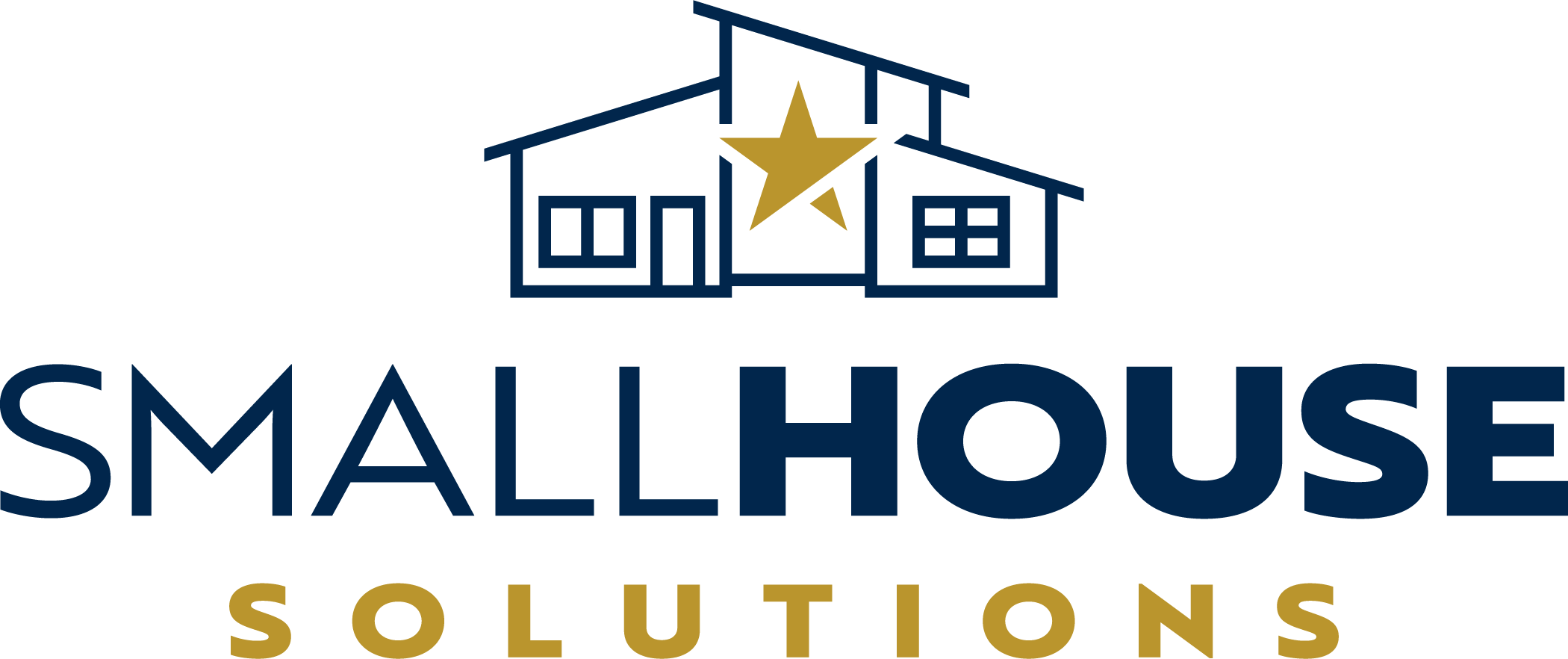5. Budgeting and Cost-effective Solutions for Shed Conversion
Embarking on the journey of converting a shed into tiny house requires careful budgeting and strategic decision-making. This phase is crucial in ensuring a cost-effective transformation while achieving your desired living space. Here’s a breakdown of key considerations:

Materials and Supplies:
Begin by researching and sourcing cost-effective materials and supplies. Opt for quality options that align with your budget, considering insulation materials, weatherproofing solutions, and interior finishes.
DIY vs. Professional Services:
Assess your skills and the complexity of the tasks involved. While a DIY approach can save costs, certain aspects, such as electrical and plumbing work, might necessitate professional assistance. Balance your budget by determining which tasks you can confidently handle and where expertise is essential.
Second-hand and Upcycled Items:
Explore the realm of second-hand or upcycled materials and furniture. Salvaged doors, windows, and fixtures can add character to your tiny home at a fraction of the cost. Thrift stores, online marketplaces, and local salvage yards can be treasure troves for budget-friendly finds.
Energy-efficient Solutions:
Consider the long-term cost savings associated with energy-efficient solutions. Invest in LED lighting, energy-efficient appliances, and if feasible, explore solar panels for sustainable and economical energy sources.
Strategic Space Optimization:
Maximize the functionality of your tiny home by strategically planning the use of space. Choose versatile furniture pieces that serve multiple purposes, eliminating the need for additional items. This not only saves money but also enhances the overall efficiency of your living space.
Permits and Regulations:
Factor in costs associated with permits and adherence to local regulations. Skipping this step might lead to unforeseen expenses due to legal issues. Research and understand the permit requirements specific to your location to avoid unnecessary financial setbacks.
Flexibility in Design:
Remain flexible in your design choices. Being open to alternative materials or layout adjustments based on cost considerations can contribute significantly to staying within your budget.
By approaching the shed conversion with a well-thought-out budget and exploring cost-effective solutions, you can turn your vision of a tiny home into reality without breaking the bank. This strategic approach ensures a successful conversion while keeping your financial goals in check.
